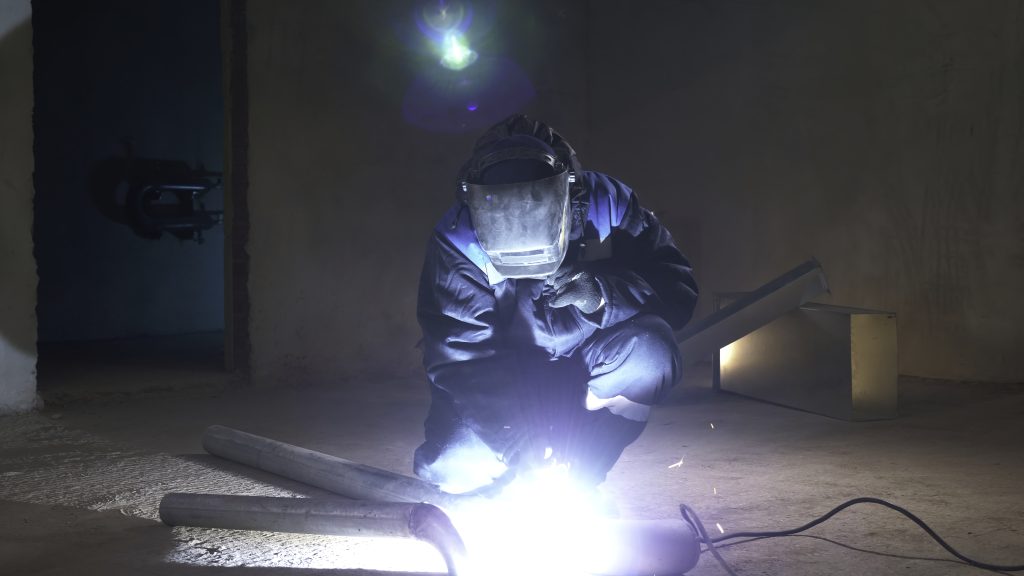
Guide for Different Finned Tube Materials: Performance VS Durability
Selecting the appropriate material for finned tubes is crucial to ensure optimal performance and longevity in heat exchanger applications. At Tulsa Fin Tube, we recognize that each application has unique demands, and choosing the right material is essential. Common materials include stainless steel, copper, and aluminum, each offering distinct advantages in terms of heat transfer efficiency, corrosion resistance, and mechanical strength. Let’s explore the characteristics and ideal applications for each.
Stainless Steel: Durability in Harsh Environments
Stainless steel finned tubes are renowned for their exceptional durability and resistance to corrosion. They excel in high-temperature and high-pressure environments where other materials might degrade. Their ability to withstand oxidation and chemical corrosion makes them ideal for challenging operating conditions.
Key Benefits:
-
Superior corrosion resistance in aggressive settings
-
High mechanical strength and structural integrity
-
Maintains performance at elevated temperatures
Best Use Cases:
Stainless steel is particularly suitable for chemical plants, offshore oil and gas systems, and power generation units. In environments with exposure to corrosive substances, stainless steel finned tubes ensure long-term reliability with minimal maintenance. However, it’s important to note that stainless steel has lower thermal conductivity compared to copper or aluminum, which may affect heat transfer efficiency.
Copper: Excellence in Thermal Conductivity
Copper finned tubes are highly regarded for their superior thermal conductivity, facilitating rapid and efficient heat transfer. This makes them an excellent choice for applications where maximizing heat exchange in a compact space is critical.
Key Benefits:
-
Exceptional thermal conductivity for efficient heat transfer
-
Natural antimicrobial properties beneficial in HVAC and refrigeration systems
-
Malleability allows for easy customization and shaping
Best Use Cases:
Copper is commonly used in HVAC systems, chillers, and air conditioning units, where compact design and high thermal efficiency are priorities. However, copper’s softness and higher cost can be drawbacks, as it is more susceptible to mechanical damage and may not be ideal for environments requiring high structural strength or exposure to harsh conditions.
Aluminum: Lightweight and Cost-Effective Versatility
Aluminum offers a balance between performance and practicality. While its thermal conductivity is lower than that of copper, it provides good heat transfer capabilities at a reduced weight and cost. Its natural corrosion resistance and ease of manufacturing contribute to its versatility.
Key Benefits:
-
Lightweight yet durable
-
Adequate thermal performance at a more economical price point
-
Inherent resistance to corrosion and oxidation
Best Use Cases:
Aluminum finned tubes are widely used in radiators, automotive cooling systems, and air-cooled heat exchangers where weight reduction and affordability are important factors. However, due to its lower melting point and reduced mechanical strength compared to stainless steel, aluminum may not be suitable for extremely high-temperature applications.
Making the Right Material Choice
When selecting finned tube materials, it’s important to look beyond thermal performance. Consider the full operating environment, including temperature extremes, exposure to corrosive elements, mechanical stresses, and maintenance constraints.
Here’s a simplified guide:
- Use stainless steel for maximum durability in harsh, high-pressure systems.
- Use copper for compact systems requiring peak thermal efficiency.
- Use aluminum when weight savings and cost-effectiveness are primary goals.
Engineering resources like ASM International offer in-depth comparisons of material properties, while NACE International provides data on corrosion behavior across different industrial settings. Both are excellent references for technical decision-making.
Partnering with Tulsa Fin Tube for Optimal Solutions
At Tulsa Fin Tube, we are committed to assisting clients in making informed decisions about finned tube materials to ensure long-term performance and reliability. Whether you’re operating in a high-corrosion environment or optimizing an HVAC system, our expertise ensures the right material selection for your specific needs. Contact our team today to explore how we can enhance your system’s thermal efficiency and longevity.
Click here if you are interested in learning more about how to choose the right material for your heat exchanger tubes!
